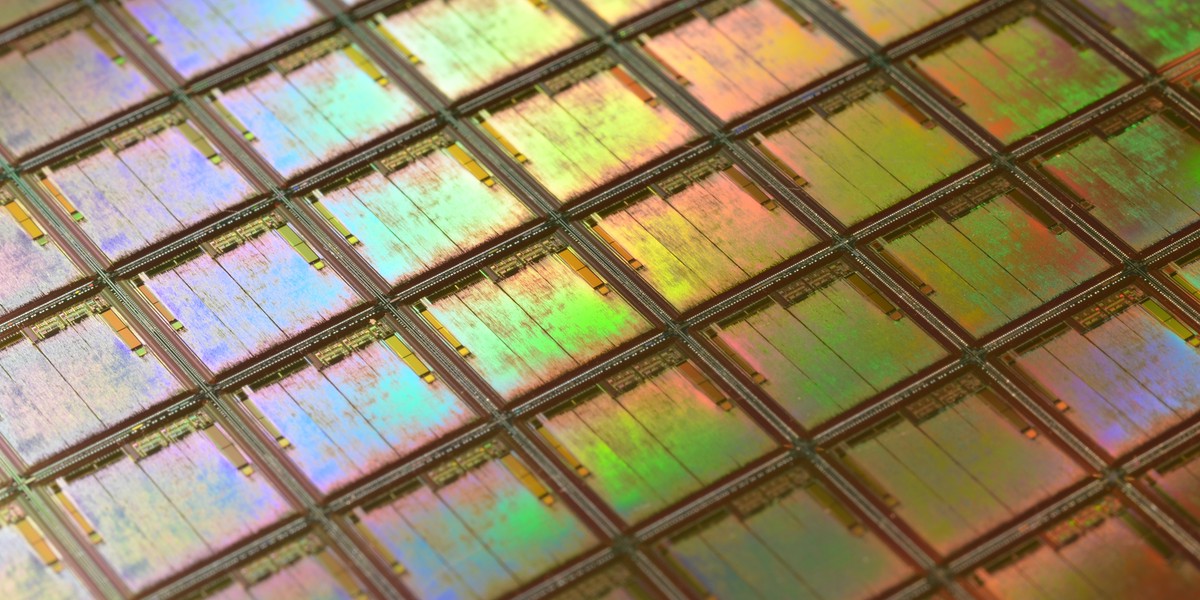
Looking back at CVPR 2023
By Fred Lichtenstein and Shaunagh Downing
27 July, 2023
By the CameraForensics team

In the face of widespread innovation in the tech space, open-source intelligence (OSINT) tools and practices are quickly changing. As AI tools continue to emerge, and R&D projects uncover new possibilities, investigators may potentially take advantage of greater capabilities to effectively safeguard victims and identify those responsible.
Below, we’re asking ourselves what the future of OSINT might involve. Read on to discover:
From video editing to text generation, the impact of Artificial Intelligence on almost any industry is hard to ignore. As AI capabilities improve day by day, their potential applications also increase. Open-source information tools are no exception.
Innovations in pattern recognition and image analysis can help make investigative efforts more efficient than ever. By leveraging large datasets and neural networks, users may be able to use simple natural language to run sophisticated queries in rapid time. Combining these features with new tools such as Bellingcat’s new tool for searching OpenStreetMap can help take investigative capabilities to greater heights.
Generative AI tools may also be used to deliver greater insights about imagery. If OSINT researchers only have fragments of a manipulated image, these tools could potentially fill in the gaps. By recreating a conceptual version of the full image, they may reveal more geolocation clues, or even identification intelligence.
To learn more about how AI is impacting the image forensics landscape, see our takeaways from the latest Computer Vision and Pattern Recognition conference.
Faced with extremely sophisticated generative AI tools, investigators need to be able to determine an image’s origin, and therefore whether it is real or not. We need to make sure their valuable time and resource are being spent on safeguarding real victims. However, just because an image is completely (or partially) generated by AI, that doesn’t mean there isn’t a victim; if the image contains a likeness to a real person’s face (or body), it’s still abuse.
Just as quickly as generative AI tools are creating more detailed, accurate, and realistic images, so too are other OSINT tools being developed to help detect them.
Advanced algorithms for identifying inconsistencies and anomalies, or analysing noise patterns and metadata, all feature here. What’s more, new policies such as Adobe’s content authenticity initiative are already aiming to establish a trusted, universal stamp of provenance for online media.
We hope that by combining these two facts, investigators can access the confidence needed to quickly classify images and determine their authenticity.
The future of OSINT doesn’t just mean image forensics. Multimedia forensics continues to expand its horizons.
One of the key challenges in multimedia forensics is the ability to extract and correlate information across multiple types of media. Combining data from different sources, such as images, videos, and audio will allow investigators to paint a more comprehensive picture of an event or situation.
Video plays a big role here. A more popular medium than ever, researchers and investigators are continually developing the tools needed to analyse and extract valuable information from video imagery. By incorporating advanced algorithms and sophisticated analysis methods, investigators can dive into videos, audio recordings, and various multimedia formats to uncover hidden clues and insights.
Learn more: What’s the difference between OSINT and CSINT?
By improving tools that enable seamless collaboration, investigators may be able to communicate with image forensic experts and share knowledge effortlessly.
As well as collaboration, the power of future crowdsourcing as a form of open-source intelligence can’t be ignored. While this is already in action with platforms such as GitHub and Trace an Object, creating a pool of investigative and image forensics expertise allows investigators to leverage the power of collective intelligence for the greater good.
Crowdsourcing can also help investigators bring closer to a broader range of skills and perspectives making it possible to solve intricate image forensics challenges that may have been difficult to tackle individually. By tapping into the wisdom of the crowd, investigators can benefit from a diverse range of insights previously unavailable.
Discover more: Read our guide on the different OSINT sources
Open-source intelligence can provide investigators with some of the most effective insights, enabling them to further their research, potentially locate suspects and seamlessly safeguard victims. Looking to the future of OSINT, we believe that the trends discussed here will make gathering successful OSINT easier than ever.
Want to learn more about OSINT? Read our introduction to OSINT’s various sources today.